By Jim Anderson
Undocumented changes can be the cause for low yields, field failures, product recalls, product line shutdowns and debarment.
During my years in the contract manufacturing of a variety of electronic components, sub-assemblies and equipment, changes made to a design that are not properly documented have had serious ramifications. The following are some of the major danger areas that we have been told about, or have witnessed and helped a customer fix errors that were done elsewhere.
Here at ESAM our major markets include Aerospace & Defense, Medical Devices and Capital Equipment. The Capital Equipment Market (predominantly in semi-conductor manufacturing and test equipment) employs a technique called “copy exact.” This requires that your entire staff be trained in this process. Aerospace & Defense can resort to debarment (which may vary from one to multiple years) for undocumented changes. Medical device companies can face regulatory agency warning letters or complete product line shut downs for such violations.
Possible Results of Undocumented Changes
1. Endanger lives.
2. Force product recalls.
3. Create expensive rework situations.
4. Receive a warning letter from a regulatory agency.
5. Have a product line shut down completely by a regulatory agency.
6. Be debarred by the US Government or one of their contractors from bidding or receiving orders for some period of time.
7. Be told by an equipment manufacturer that you are not in compliance with copy exact.
The Unintended Consequences
These situations often happen as the unintended consequences of just trying to get things to work or to get the product out on time. It might be as simple as two parts that do not fit together so a “little rework” is done to make them fit instead of going to the root cause and making a documented correction. Another common scenario is when the supplier is located very close to the customer and a buyer or engineer can jump in the car and drive over to see the issue and get it fixed on the spot. In the “rush to get things done” the fix is subsequently forgotten until it’s caught later on the production line, in the field or by a regulatory agency.
